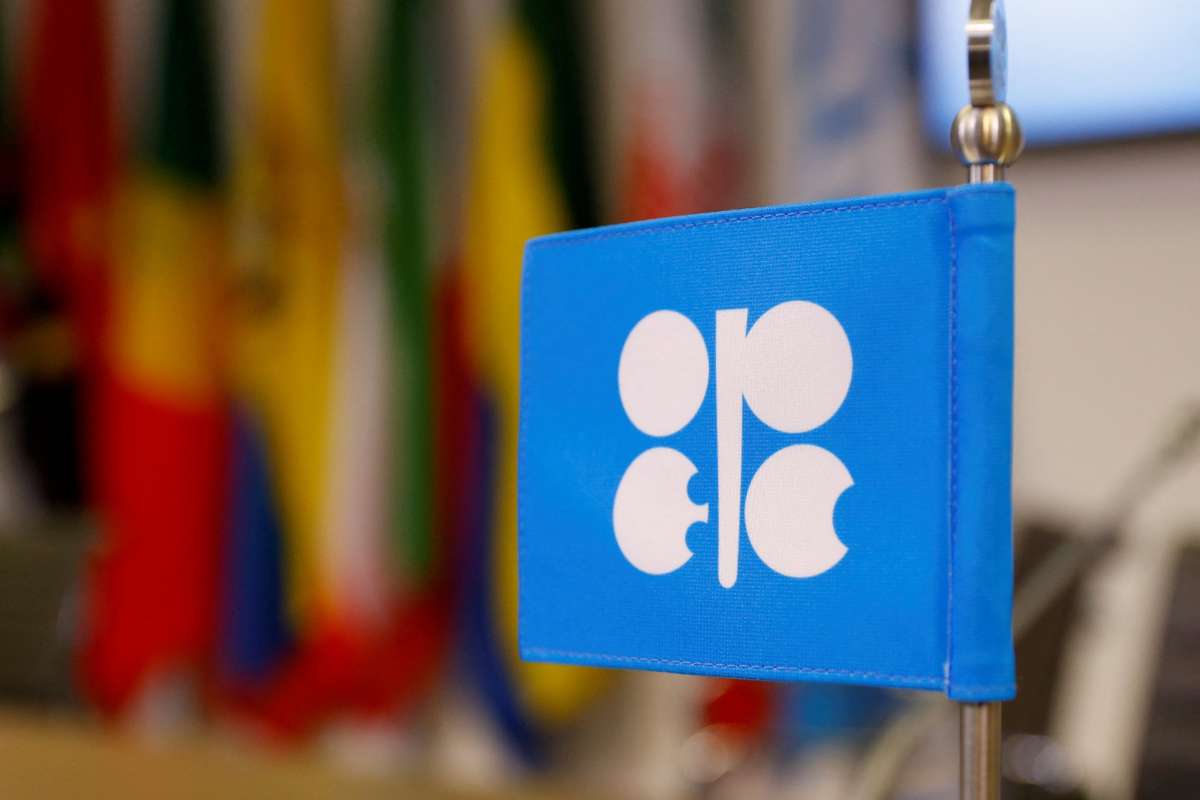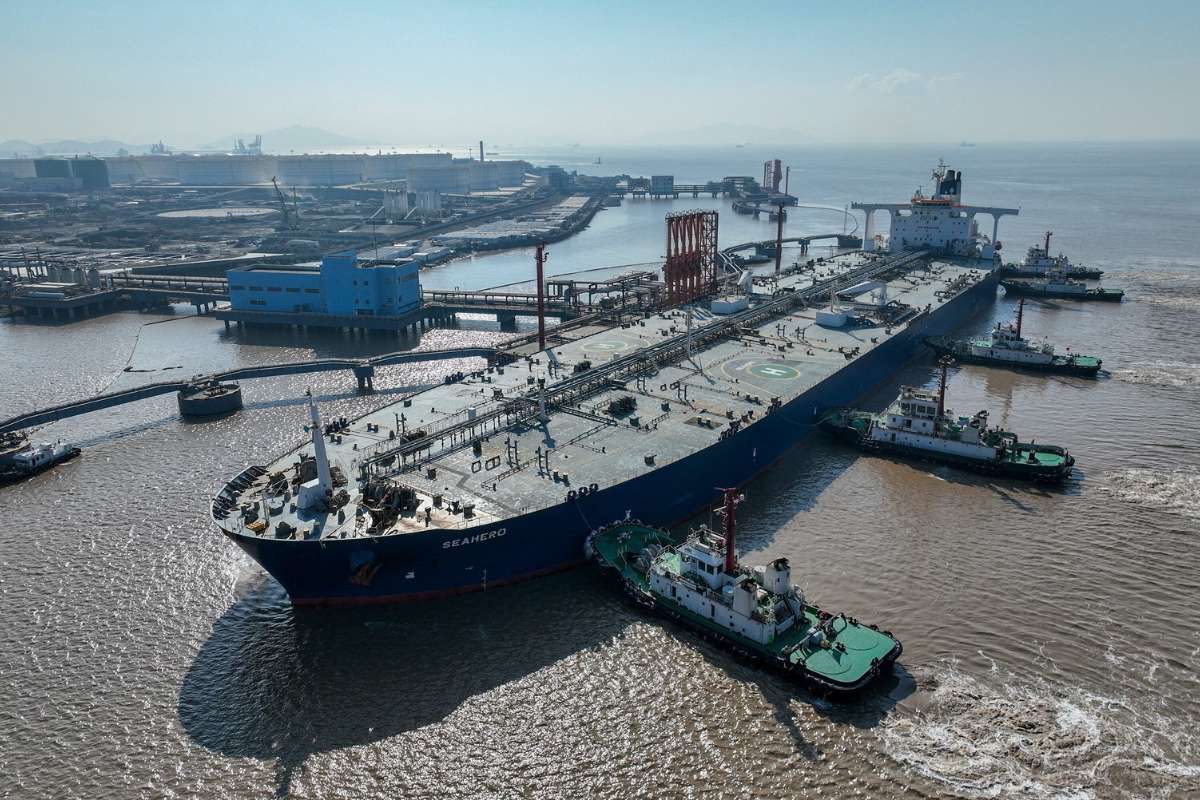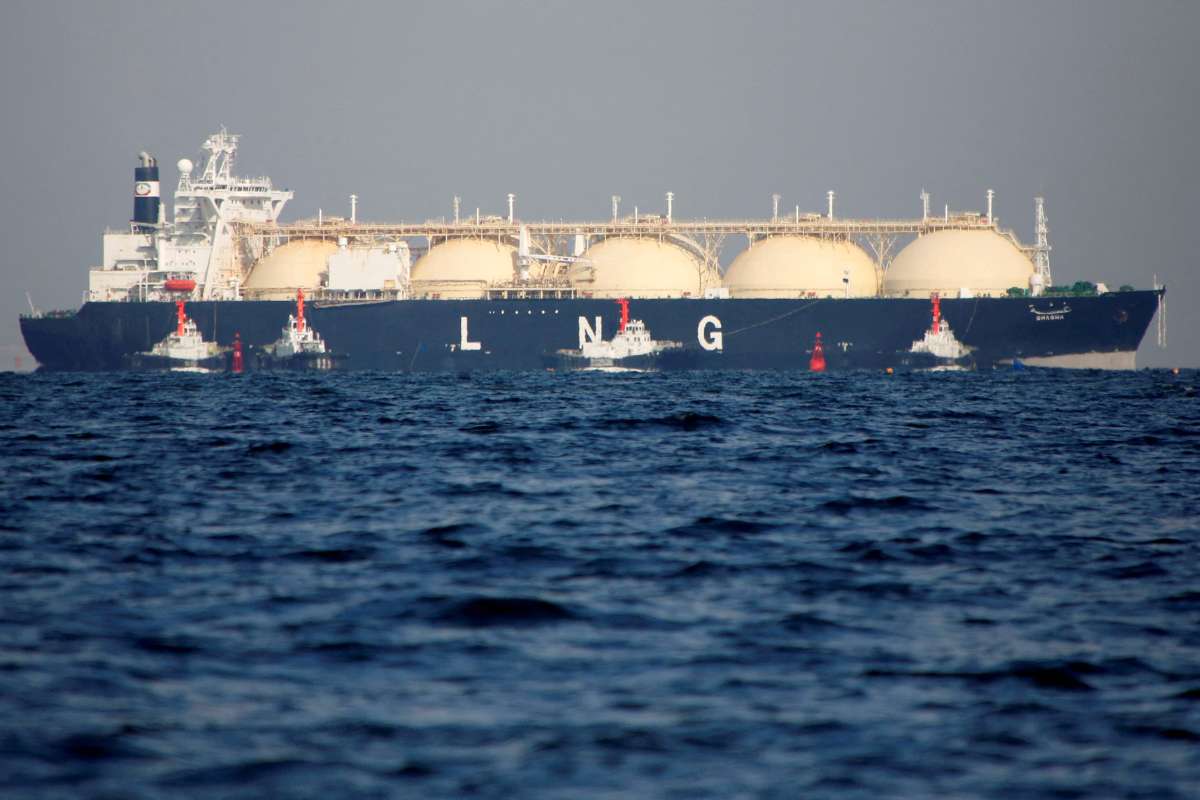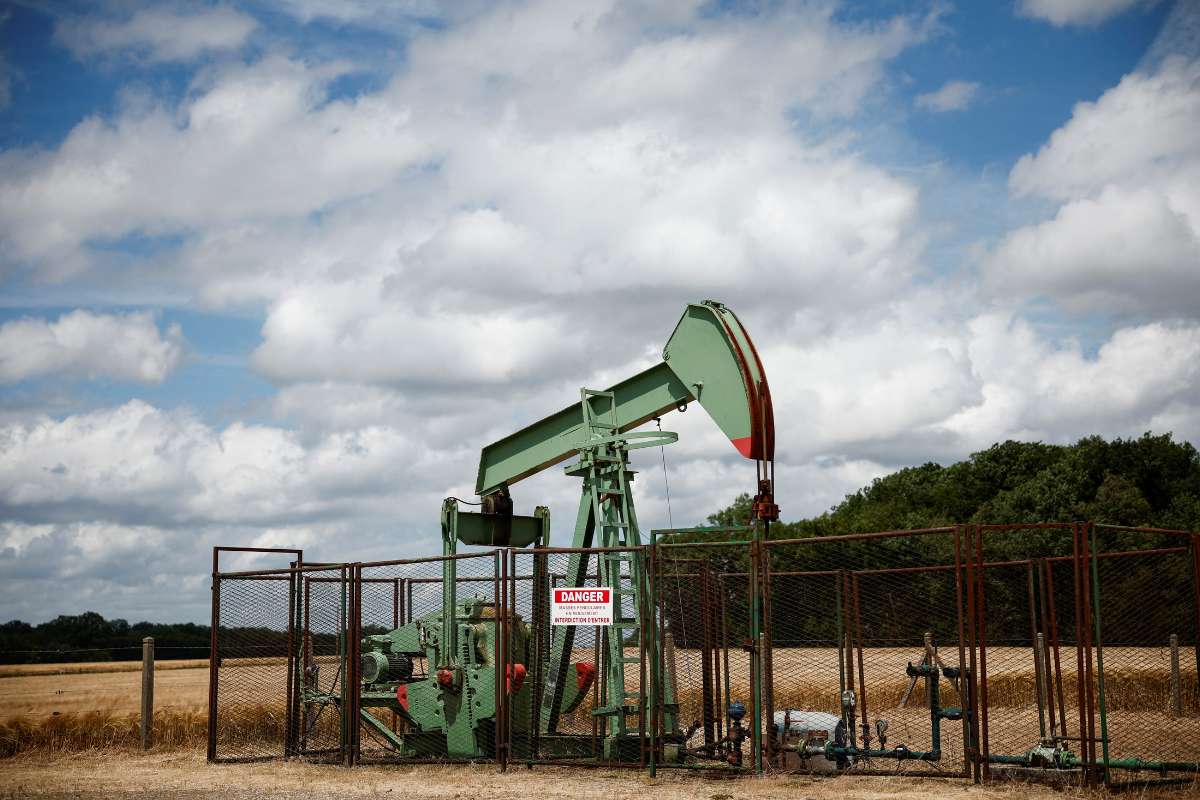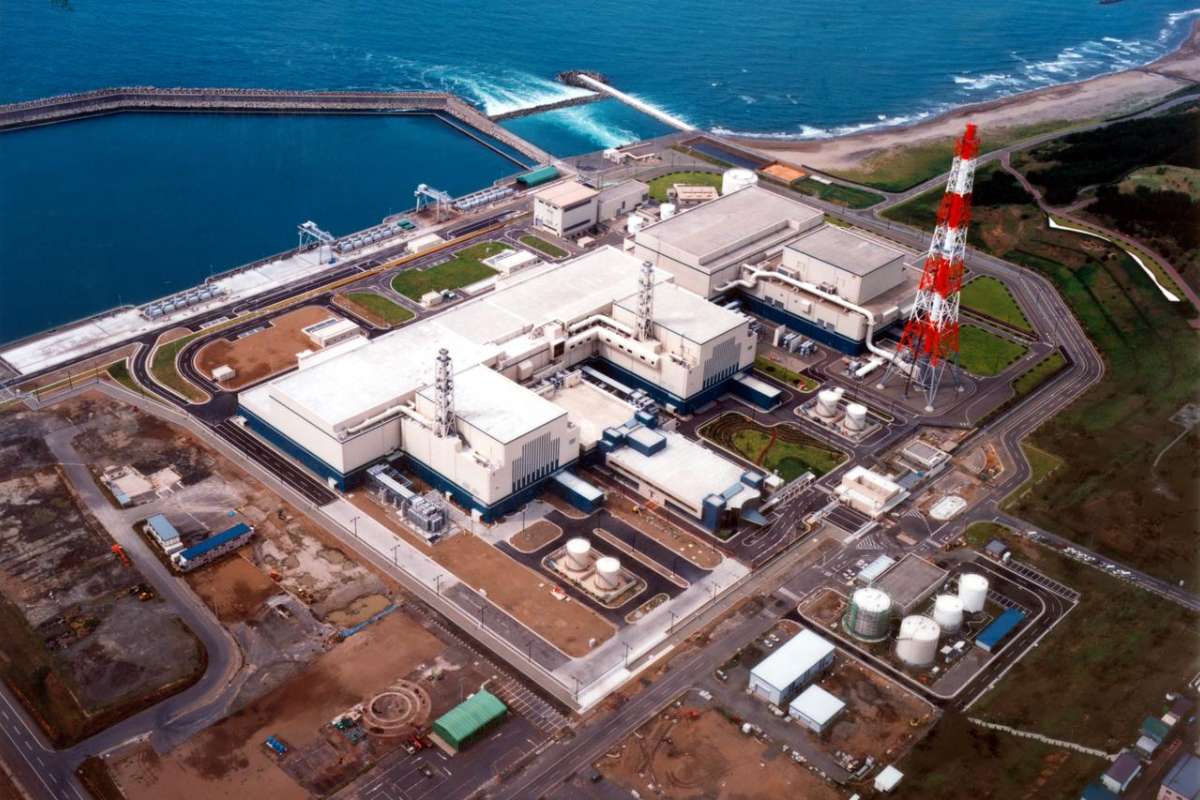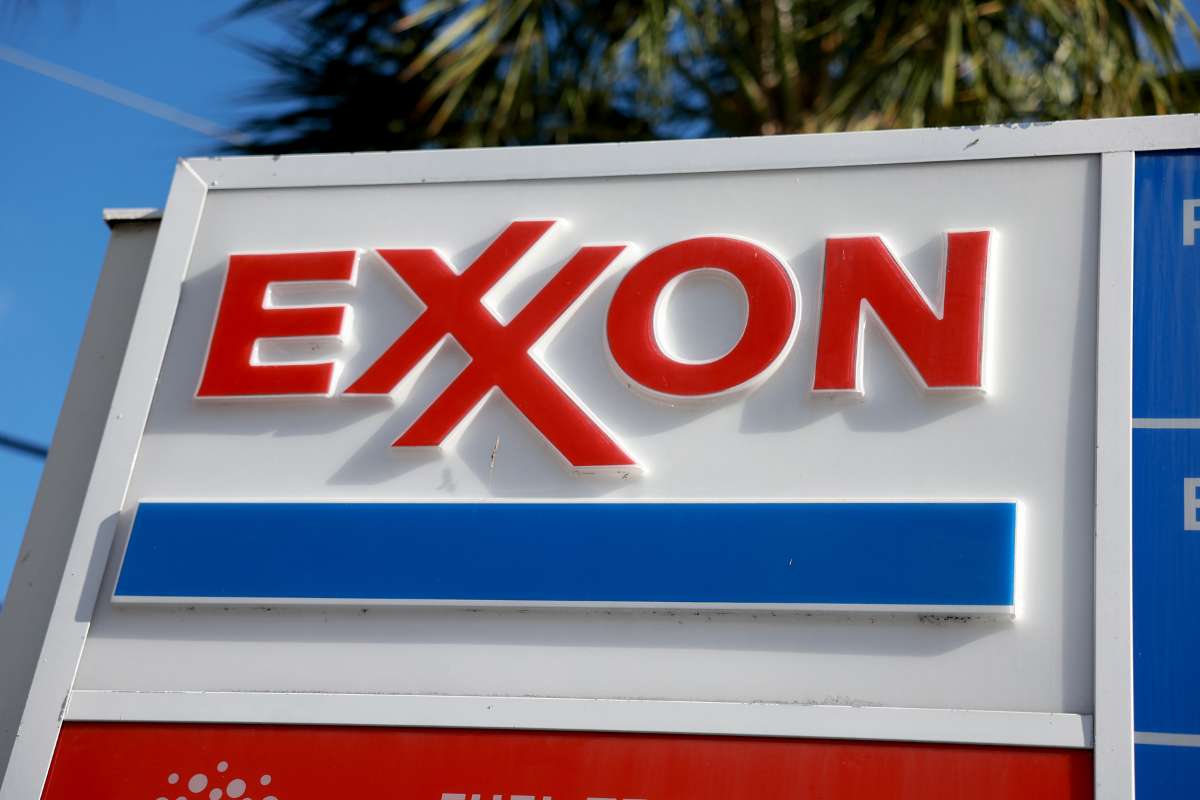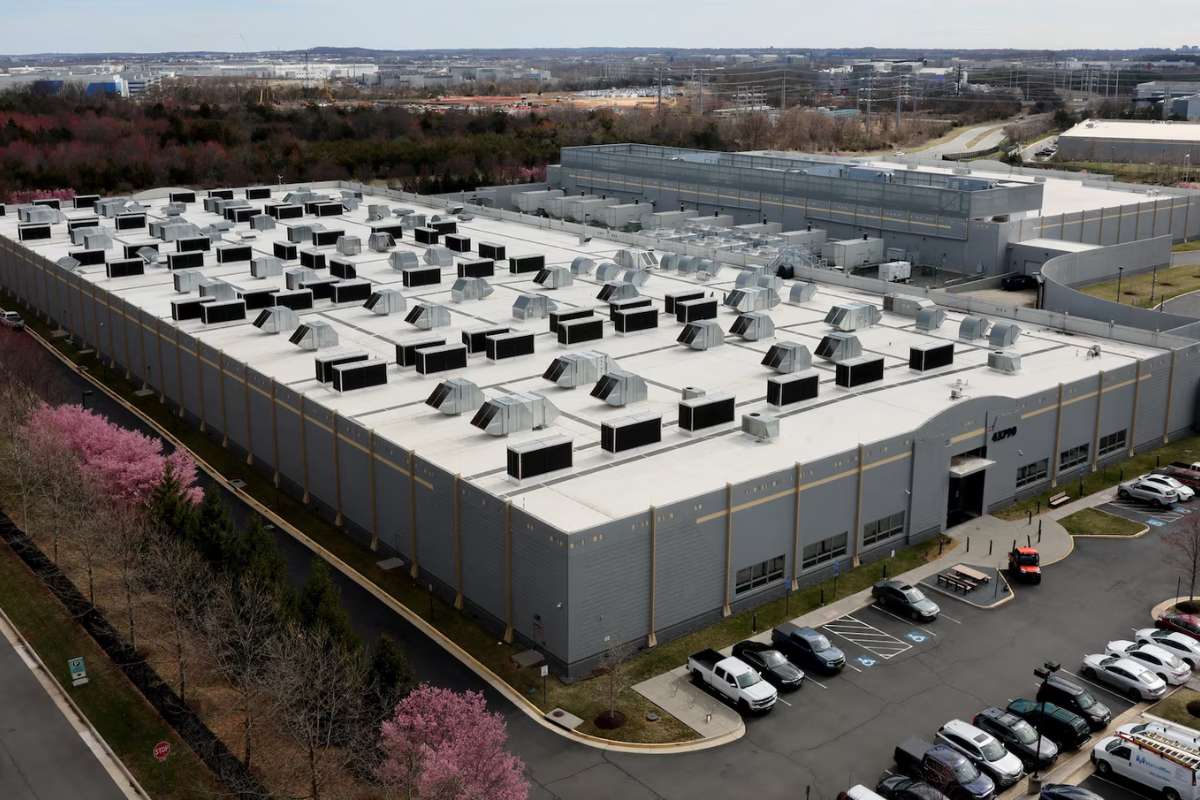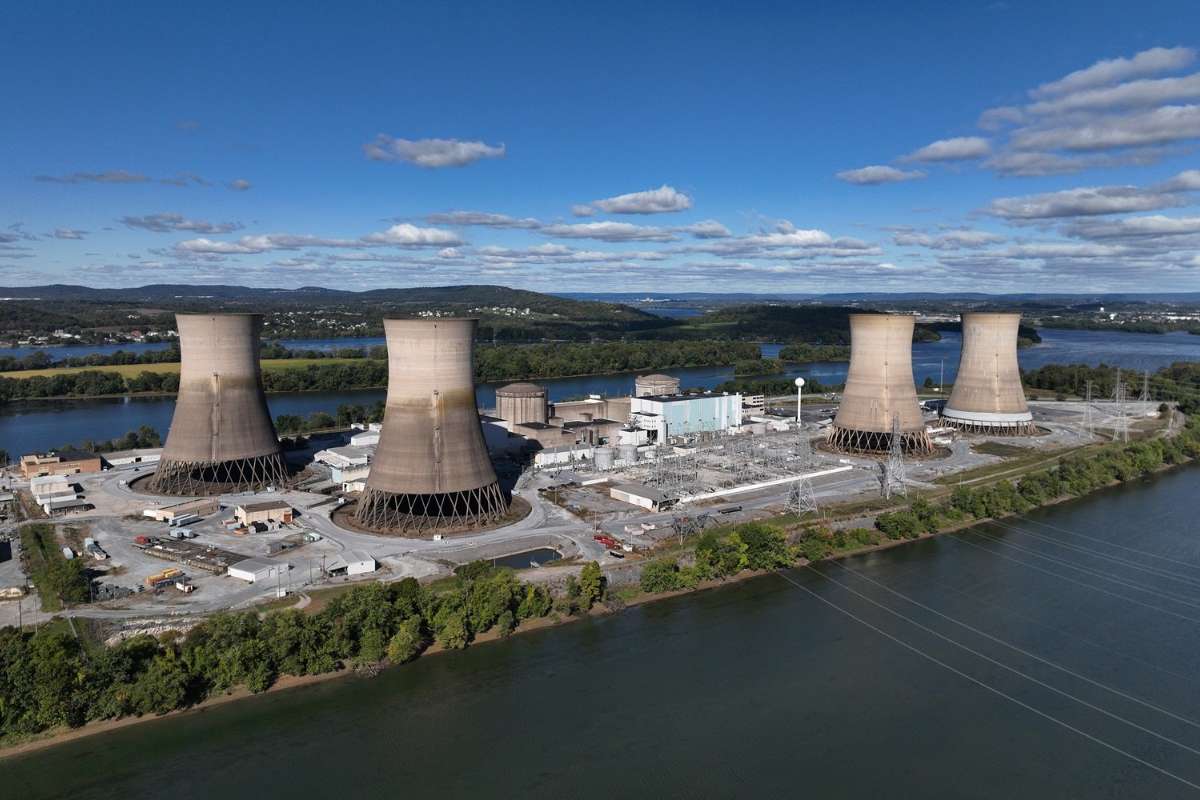Centrica, the owner of British Gas, has issued a stark warning that the UK’s largest gas storage facility, Rough, could be permanently closed unless the government steps in to support a £2 billion redevelopment plan. The Rough site, located in the North Sea, currently accounts for half of the UK’s natural gas storage capacity. Centrica CEO Chris O’Shea emphasized that without a financial guarantee from ministers, the site would be decommissioned, leaving a significant gap in the nation’s energy resilience.
O’Shea said Centrica would invest in the site upgrade, which would include the capability to store hydrogen alongside natural gas. However, the company is requesting a “cap-and-floor” mechanism—a financial safety net that guarantees a minimum return and would be underwritten by a levy on consumer bills. Amid falling wholesale gas prices and ongoing operational losses (including a £100 million deficit last year), Centrica has already paused refilling activities at the facility, citing financial concerns.
The government has acknowledged the situation but insists any funding decision must offer value for money. A spokesperson stated that, while the future of the Rough gas storage facility is a commercial matter for Centrica, ministers remain open to discussions on proposals for gas storage infrastructure.
Energy Resilience at Stake as Closure Threatens Capacity
The potential closure of the Rough gas storage facility raises concerns about the UK’s ability to manage gas supply during emergencies. Currently, Rough can store enough gas to meet six days of national demand, and its closure would halve the country’s total gas storage capacity. Upgrading the facility could extend that buffer to 30 days. In contrast, countries such as Germany, France, and the Netherlands maintain reserves lasting approximately 100 days, placing the UK at a comparative disadvantage.
O’Shea warned that dismantling Rough would erase a critical layer of national energy security: “It will be like it was never here, and then we’ll lose this resilience.” With natural gas expected to account for up to 5% of UK energy needs by 2030, even under a green energy transition plan, the absence of large-scale storage could leave the country vulnerable during supply shocks or extreme weather events.
In the broader energy policy landscape, concerns continue to mount about the feasibility of Labour’s 2030 clean power target, spearheaded by Energy Secretary Ed Miliband. While ambitious, O’Shea suggested the goal might not be fully attainable, even with collective effort, adding that it remains uncertain whether the UK will reach the milestone on time.
Energy Goals Under Scrutiny Amid Cost and Feasibility Doubts
The debate around the future of the Rough gas storage facility intersects with broader skepticism over the government’s net-zero targets and clean energy transition timelines. O’Shea voiced doubts about the projected economic benefits of a renewable energy shift, arguing that new developments are unlikely to significantly reduce electricity prices. During last year’s election campaign, Miliband pledged households would save £300 annually by 2030 through clean energy an estimate O’Shea dismissed as overly optimistic.
In a recent interview, he criticized the political rhetoric around energy pricing, warning that if a clean energy system results in unaffordable bills, “we will have failed.” Recent reports, including from Cornwall Insight, also suggest that only two-thirds of the needed solar and onshore wind capacity will be ready by 2030.
Despite this, the government remains confident. A spokesperson cited findings from the National Energy System Operator asserting that the clean power mission remains viable and could yield a more secure, potentially more affordable energy system. However, without decisive action on storage infrastructure—such as the Rough gas storage facility—experts warn that both resilience and affordability could be at risk..
Explore More News In Our Oil Gas Energy Magazine.


